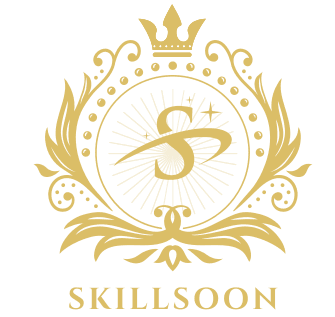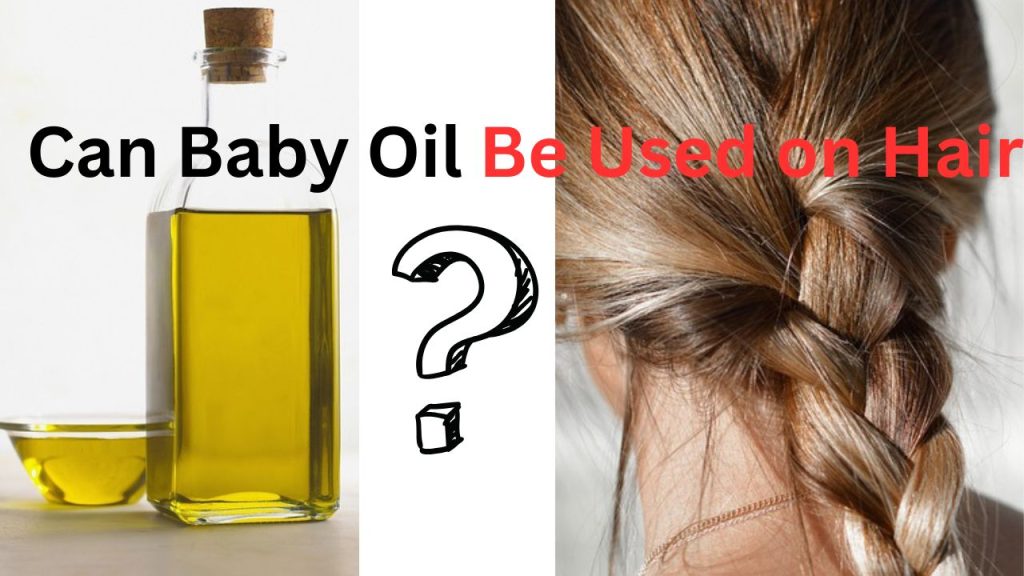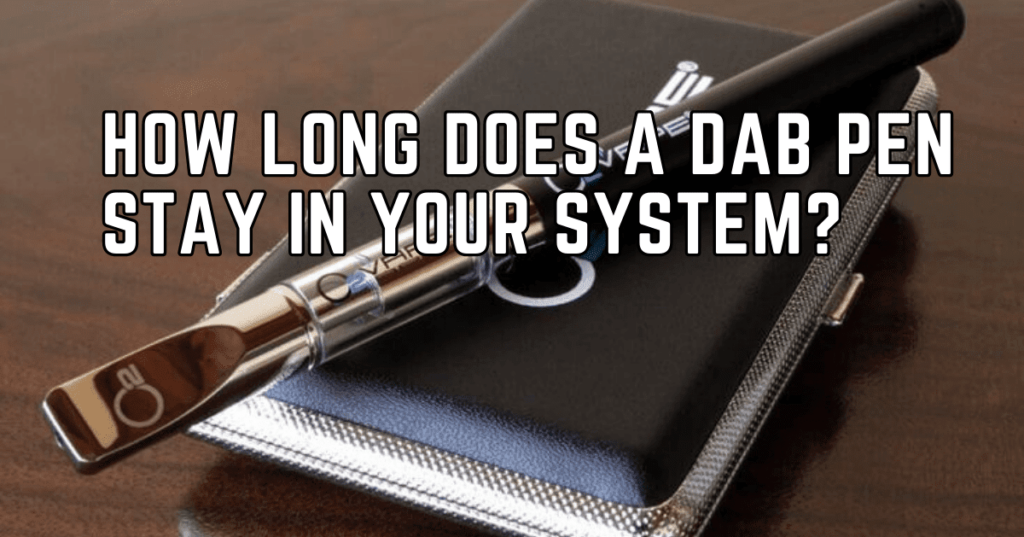Discover the benefits and risks, can baby oil be used on hair? and how to apply it for smoother, healthier locks.
Can Baby Oil Be Used on Hair?
Baby oil is perhaps a product found in many households. This baby oil is known to have a very gentle formula, and it’s commonly used to moisturize sensitive baby skin. Can it be used on hair? Questions among parents and beauty enthusiasts abound concerning this very issue. Therefore, let’s get to know more about what baby oil is, how it works, and whether it will do some real benefits or drawbacks on hair.
What Is Baby Oil?
Baby oil is a mineral oil-based product, meaning it is mostly made of mineral oil and frequently has a smell. Before being utilized in cosmetic applications, mineral oil, which is a by-product of the refining of crude oil, is extensively refined. Because it is gentle and unlikely to clog pores, it can be used on both adults and babies.
Because of its ease of use, baby oil is frequently used for off-label purposes, such as hair care and makeup removal. However, a number of variables, such as your hair type and particular hair care requirements, will determine whether baby oil is a good fit for your hair.
Potential Benefits of Using Baby Oil on Hair
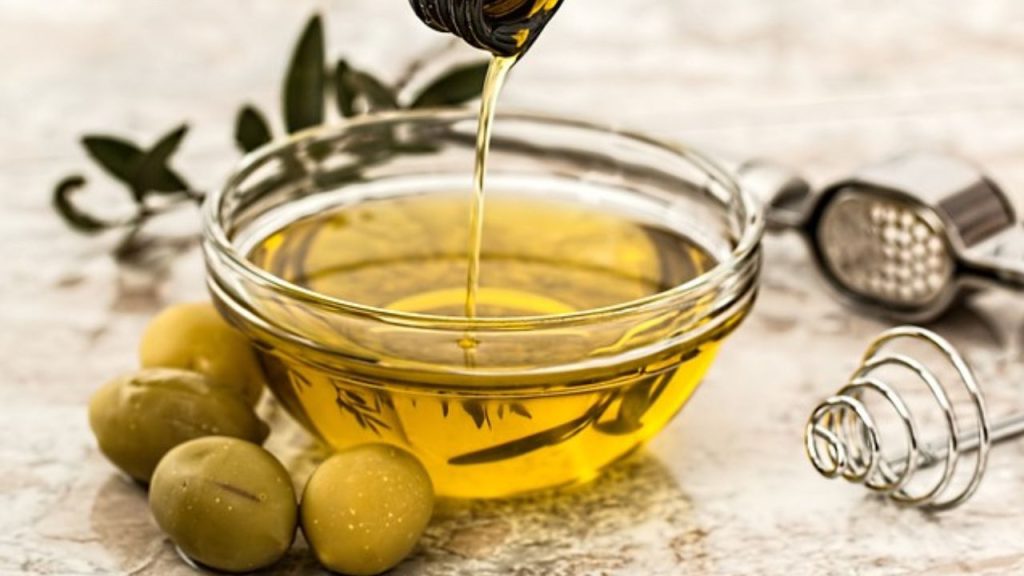
1. Moisturizes Dry Hair
Baby oil is an occlusive agent. It actually forms a barrier on the surface of the hair or scalp, covering everything, so that the moisture doesn’t come out and evaporate. If your hair is dry and brittle, putting a thin layer of baby oil might actually seal in the hydration and minimize the dryness as your hair looks shinier and smoother. A 2013 study on mineral oil highlighted its effectiveness in reducing water loss when applied to the skin. This same principle can apply to hair, as mineral oil prevents excessive moisture evaporation from the hair shaft.
2. Reduces Frizz
Frizz is said to happen when hair absorbs moisture from the environment, causing the cuticles to swell and lift. Baby oil can reduce frizz because it can seal up the hair cuticle, helping prevent the penetration of external moisture into the hair shaft. This can be very helpful when living in a damp climate.
3. Detangles Hair
Sprits of baby oil on tangled hair can be combed out with more ease. It adds slip that makes a comb to easily pass through the knots without breakage.
4. Moisturizes Dry Scalps
Dry, itchy scalps may also be relieved by baby oil. Its hydrating qualities might lessen the flakiness brought on by dryness. It’s important to remember, though, that baby oil cannot cure dandruff or other fungal infection-related scalp disorders.
5. Protects Hair During Swimming
Salt water from the seaside and chlorine in swimming pools can deplete hair of its natural oils, leaving it dry and damaged. Before swimming, a light coating of baby oil forms a barrier to protect your hair from the damaging effects of salt and chlorine.
If you do choose to use baby oil on your hair, you should do it correctly to avoid having greasy or heavy hair. This is a detailed guide:
1. Before Shampoo Treatment
If you already have oily hair, apply warm baby oil to your hair, massaging it down to the length and ends, avoiding your scalp. Give it 20 to 30 minutes. Shampoo your hair vigorously to get rid of the oil.
2. As a Frizz Tamer
Take a tiny drop of baby oil (less than a dime-sized amount). – Rub it between your palms. – Smooth it over the surface of your hair, focusing on areas prone to frizz.
3. For Scalp Moisturization
Make a part in your hair to reveal your scalp. – Dab some baby oil on dry or flaky areas. – Massage gently on your scalp. – Leave it overnight and wash out in the morning.
Who Should Avoid Using Baby Oil on Hair?

While baby oil can offer several benefits, it’s not suitable for everyone.
1. Fine or Thin Hair
Baby oil is heavy and can weigh down fine or thin hair, leaving it greasy and flat.
2. Oily Scalps
If your scalp is naturally oily, adding baby oil may exacerbate the problem, leading to buildup and clogged pores.
3. **Scalp Conditions
Baby oil does not treat scalp conditions such as dandruff, psoriasis or seborrheic dermatitis. In fact, it can further exacerbate these conditions by locking onto the scalp fungi or bacteria.
What Does Science Say?
Although there is no particularly large body of research on baby oil and hair, studies on **mineral oil** shed much light on its origins.
1. Comparison with Coconut Oil
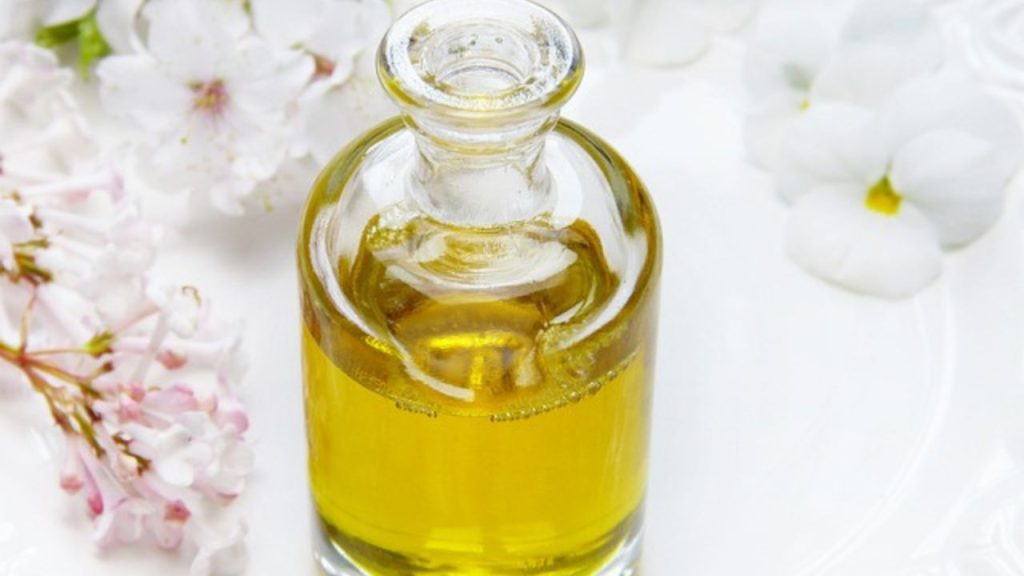
Mineral oil, coconut oil, and sunflower oil were examined for their effects on hair in a 2003 study that was published in the *Journal of Cosmetic Science*. The researchers came to the conclusion that mineral and sunflower oils were mostly “acting as surface sealants.” In contrast, coconut oil was shown to permeate the hair shaft.
Therefore, because it coats the hair shaft, baby oil, also known as mineral oil, can effectively stop moisture loss even though it won’t nourish your hair as thoroughly as coconut oil.
2. Mineral Oil Safety
The *International Journal of Toxicology* published a review in 2011 that concluded that cosmetic-grade mineral oil is safe to apply to the skin and hair. For those who are sensitive, it is a wonderful choice because it is non-toxic, non-irritating, and non-allergic.
Alternatives to Baby Oil for Hair
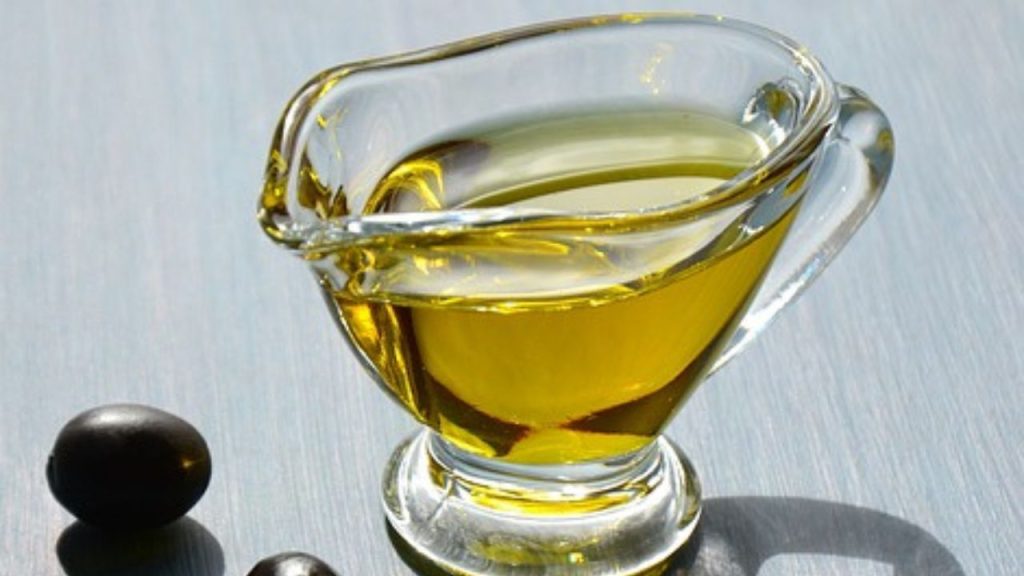
Here are some options to think about if you’re unsure if baby oil is the best option for your hair:
1. The use of coconut oil
By penetrating the hair shaft, coconut oil deeply hydrates damaged hair and slows down protein loss.
2. Argan Oil
Argan oil is lightweight, good for all hair types, and full of vitamins and antioxidants. It’s frequently used to lessen frizz and add shine.
3. Jojoba Oil
Jojoba oil can be a great way to keep the scalp hydrated because it is nearly equivalent to the natural sebum that the scalp produces.
Advantages of Using Baby Oil on Hair
While baby oil can work well in some scenarios, it also has its negative possibilities:
1. Greasy Residue
Baby oil is not easy to wash out and can leave a greasy residue if used excessively on the hair.
2. Build-Up
After some time, baby oil can buildup on the hair and scalp so it starts to become heavy and sticky, making it necessary to get clarifying shampoos regularly.
3. Non-Penetrating
Unlike coconut oil, baby oil does not penetrate the hair shaft. Therefore, its benefits only reach to the hair’s surface rather than inside the hair shaft.
A 2020 online discussion among hair care enthusiasts brought to light the advantages and disadvantages of baby oil on hair. “I used baby oil prior to shampooing on my dry, curly hair and it worked quite well. And, honestly, my curls seemed softer and easier to handle.”. However, another participant who had fine, straight hair detested baby oil as her hair went greasy and limp, even after multiple washes. This proves that the primary necessity is to consider the hair type before using baby oil.
Frequently Asked Questions
1. Does baby oil promote hair growth?
Baby oil does not contribute directly to hair growth, but it can help keep hair healthy through the reduction in dryness and breakage, leading to what can appear, in a sense, to be longer and healthier hair.
2. Is baby oil safe for colored or treated hair?
Yes. Baby oil is safe to use on colored or chemically treated hair. However, it may lack some of that deep nutrition which damaged hair thrives on.
3. How many times can I apply baby oil on my hair?
This depends on your hair type. Weekly application would be fine for dry and curly hair types, but for fine and oily types of hair, seldom would be recommended.
Conclusion
Baby oil can be an awesome addition to hair care for people who have dry or frizzy hair. It is inexpensive, easy to find in most places, and will not irritate sensitive scalps. But it is definitely not something that is suited for all hair types, such as those who have fine hair, oily hair, or damaged hair.
Determining whether baby oil is good for you requires an understanding of your hair type and needs. Before incorporating it into your routine on a daily basis, experiment with a small amount and see how your hair reacts.
